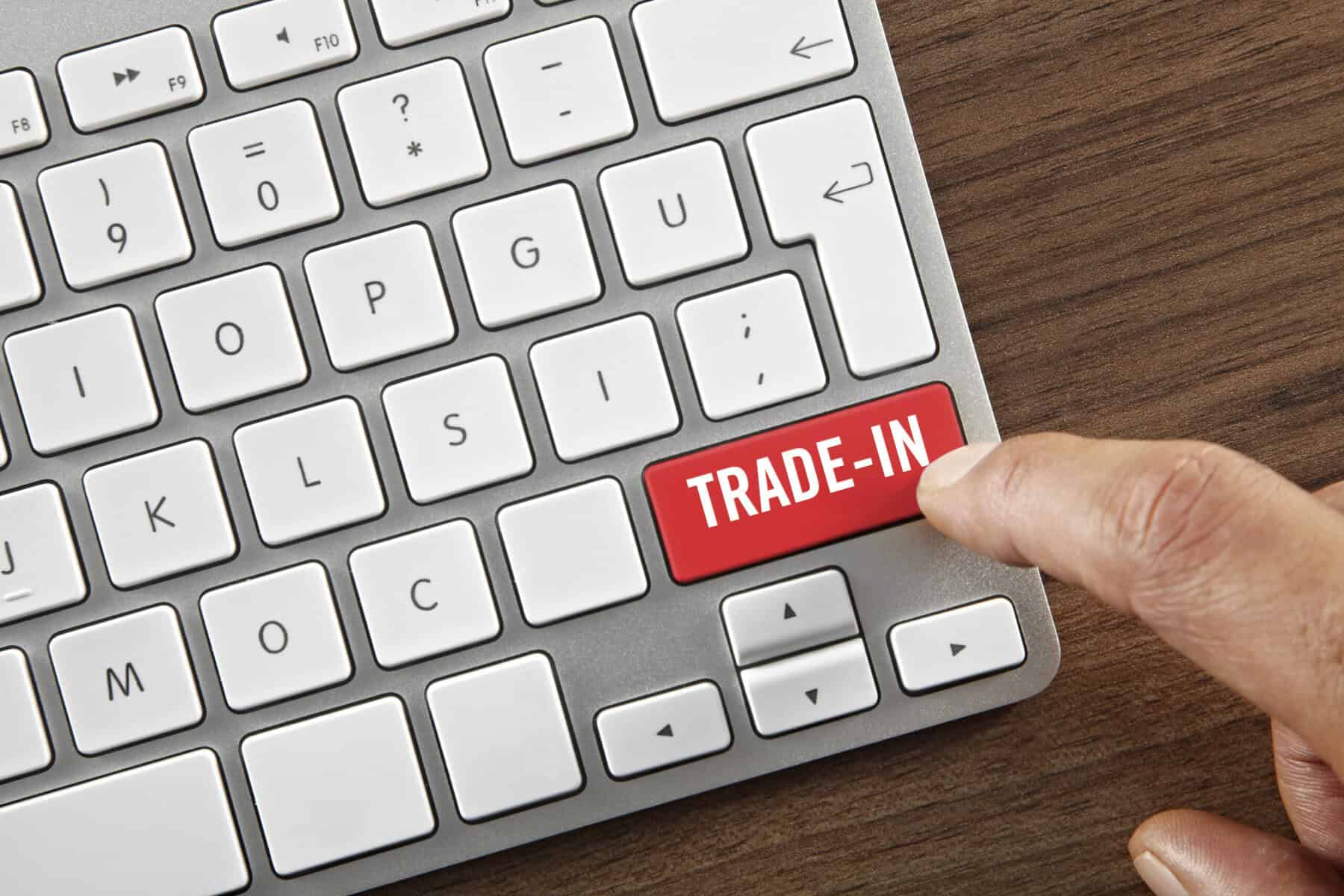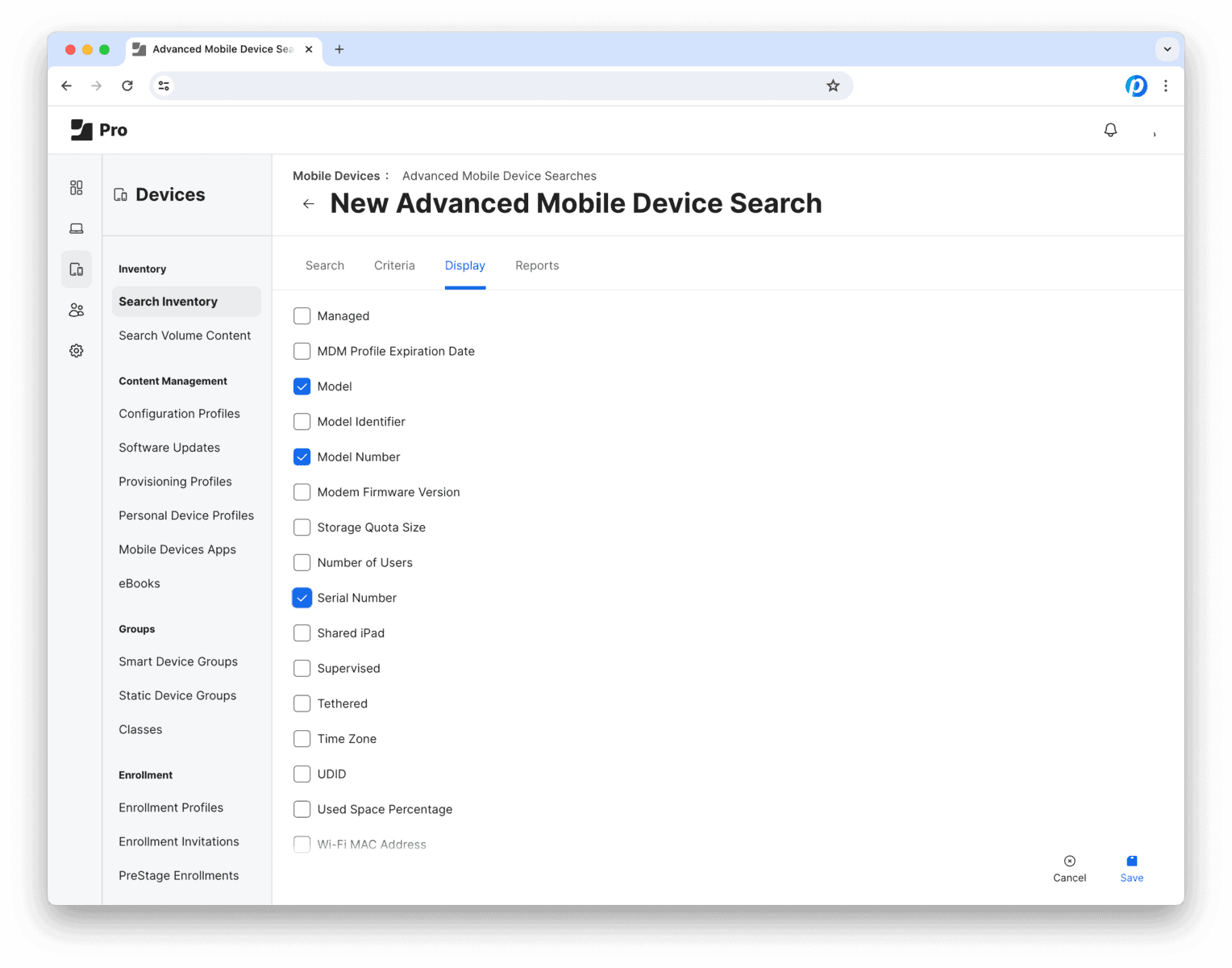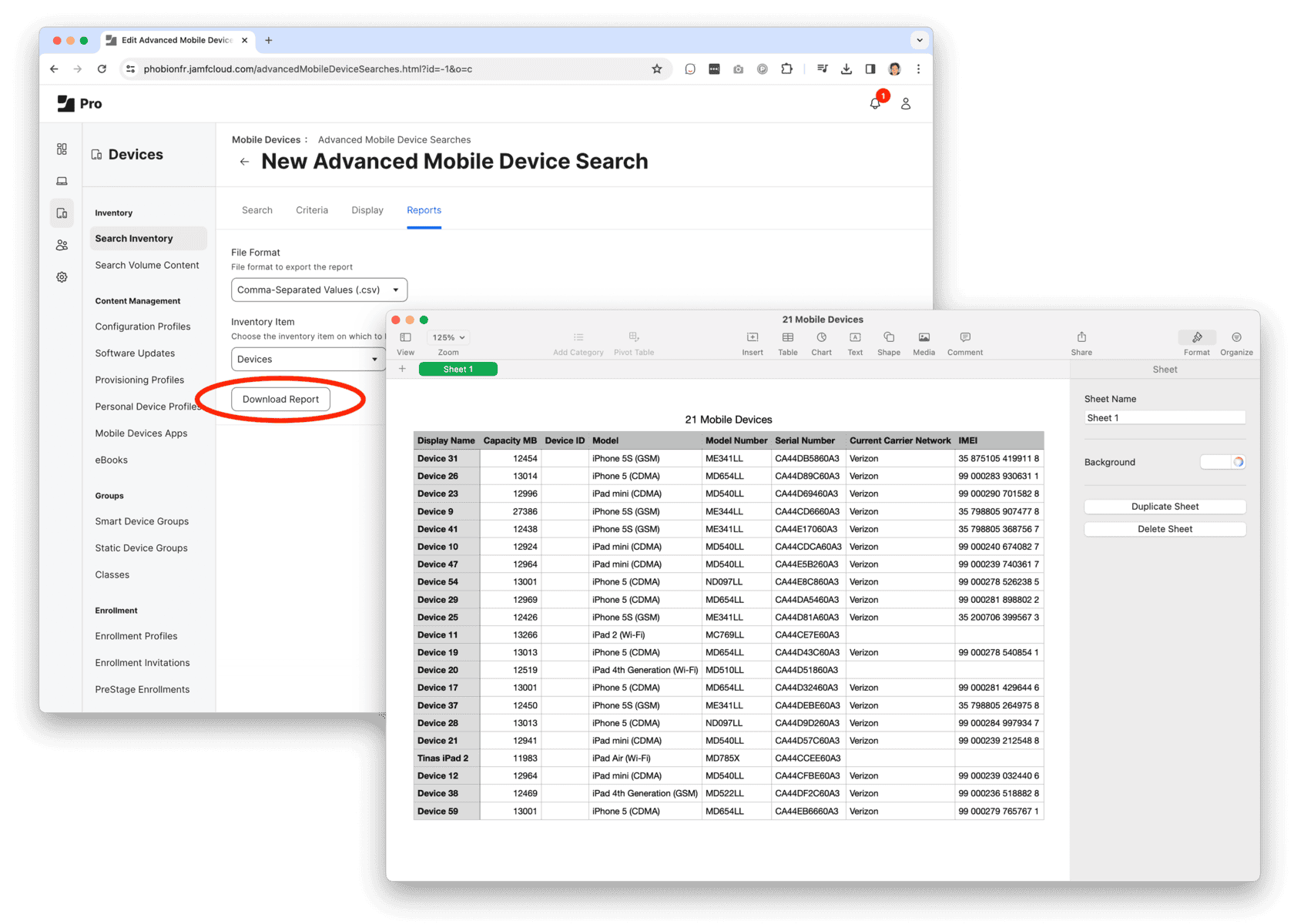By Eric Attanasio, VP of Product Management at Phobio
The ecommerce landscape has fundamentally transformed over the past few years. Consumer expectations have shifted dramatically, and what was once considered an innovative feature has now become table stakes. Among these expectations, perhaps none is more significant for consumer electronics retailers than integrated trade-in functionality. Let me explain why this is no longer optional – it’s essential for survival in today’s market.
The New Consumer Expectation
Today’s online shoppers have come to expect a seamless buying experience that includes options to reduce the total in their shopping cart. Just as shoppers expect to apply promotional codes to their purchases, consumers shopping for electronics now anticipate the ability to trade in their existing devices as part of the checkout flow.
This expectation wasn’t created in a vacuum. Market leaders have established this as the standard, and brands that fail to offer integrated trade-in solutions are increasingly perceived as behind the curve. When customers can’t find a trade-in option during checkout, they’re likely to abandon their cart and seek out retailers who provide this functionality.
The Economics Are Undeniable
In an era of persistent inflation and supply chain challenges amplified by chaotic tariff application, consumers are more price-sensitive than ever. Retail prices for electronics continue to climb, creating significant barriers to purchase for many consumers. Trade-in programs directly address this challenge by effectively lowering the cost of new device acquisition.
The math is simple but compelling:
When a customer can instantly apply the value of their existing device toward a new purchase, the net cost becomes much more palatable. Without this option, your brand is competing at a significant disadvantage against competitors who do offer trade-in. You’re essentially asking customers to pay full price while your competitors are offering substantial discounts via trade-in value.
This isn’t just theory – the data consistently shows that retailers who implement integrated trade-in solutions see:
-
- Increased conversion rates
- Higher average order values
- Improved customer retention
- Enhanced brand loyalty
The Economic Climate Demands It
The current economic environment has created a perfect storm that makes trade-in programs more valuable than ever before. With inflation impacting consumer purchasing power and tariffs driving up manufacturing and shipping costs, retail prices for electronics have increased substantially.
Consumers feel this pinch acutely, and they’re looking for ways to make their purchases more affordable. Trade-in programs serve as a powerful counterbalance to these economic pressures. By allowing customers to offset some of the increased costs with the value of their existing devices, retailers can maintain sales velocity even in challenging economic times.
In fact, trade-in programs have emerged as one of the most effective promotional mechanisms in the current landscape. Unlike percentage-based discounts that directly impact margins, trade-in programs create value without impacting the brand’s bottom line.
The Competitive Landscape Is Unforgiving
Perhaps the most compelling reason to implement integrated trade-in functionality is the simple reality of market competition. In the consumer electronics space, trade-in is no longer a differentiator – it’s a basic requirement.
Major retailers and manufacturers have established this as the standard shopping experience. Consumers who shop at these market leaders have grown accustomed to the trade-in option and now expect it everywhere they shop. Brands that fail to meet this expectation appear outdated and less customer-centric.
The consequences are stark: without integrated trade-in, you’re essentially competing with one hand tied behind your back. Your total cost of ownership will be higher than competitors who offer trade-in, and price-conscious consumers will notice this difference immediately.
Implementation Doesn’t Have to Be Complicated
Many retailers hesitate to implement trade-in programs because they perceive the integration to be complex and resource-intensive. The reality is that modern API-based solutions have dramatically simplified this process.
At Phobio, we’ve developed flexible integration options that allow brands to choose their level of involvement. Some partners prefer to own just the front-end experience, integrating our valuation and processing capabilities behind the scenes. Others prefer to leverage our full suite of services, including customer dashboards for tracking trade-in status and automated communications.
Our experience in implementing trade-in solutions for some of the world’s largest brands has taught us how to create seamless experiences that feel like a natural extension of the retailer’s existing purchase flow. The integration can be as simple or as comprehensive as the brand desires, with options to match any technical capability or resource constraint.
The Environmental Angle Adds Additional Value
Beyond the direct economic benefits, integrated trade-in programs also align with growing consumer interest in sustainable shopping. By facilitating device trade-ins, brands demonstrate their commitment to extending product lifecycles and reducing electronic waste.
This environmental benefit provides another compelling narrative to share with customers, enhancing brand perception and loyalty. In an era where consumers increasingly consider a company’s environmental impact in their purchasing decisions, trade-in programs offer a tangible demonstration of sustainability commitment.
The Path Forward
For ecommerce brands in the electronics space, the question is no longer whether to implement trade-in functionality, but how quickly it can be deployed. As consumer expectations continue to evolve and economic pressures persist, integrated trade-in will only become more critical to competitive success.
The brands that will thrive in this environment are those that recognize this shift and act decisively to implement seamless, user-friendly trade-in experiences. Those that delay risk falling further behind competitors who are already capitalizing on the benefits of integrated trade-in programs.
At Phobio, we partner with brands to deliver frictionless trade-in experiences that drive down customer acquisition costs while increasing conversion rates and average order values. Our flexible API allows for customization that matches your brand’s unique needs and capabilities, making implementation straightforward regardless of your current technical infrastructure.
The evidence is clear: integrated trade-in functionality is no longer a nice-to-have feature – it’s an essential component of a competitive ecommerce strategy in the electronics space. Brands that recognize and act on this reality will position themselves for success in an increasingly challenging market landscape.
Eric Attanasio is the VP of Product Management at Phobio, where he leads the development of innovative trade-in solutions for ecommerce and retail partners. With extensive experience implementing trade-in programs for some of the world’s leading consumer electronics brands, Eric is passionate about helping companies enhance their customer experience while driving business growth.








